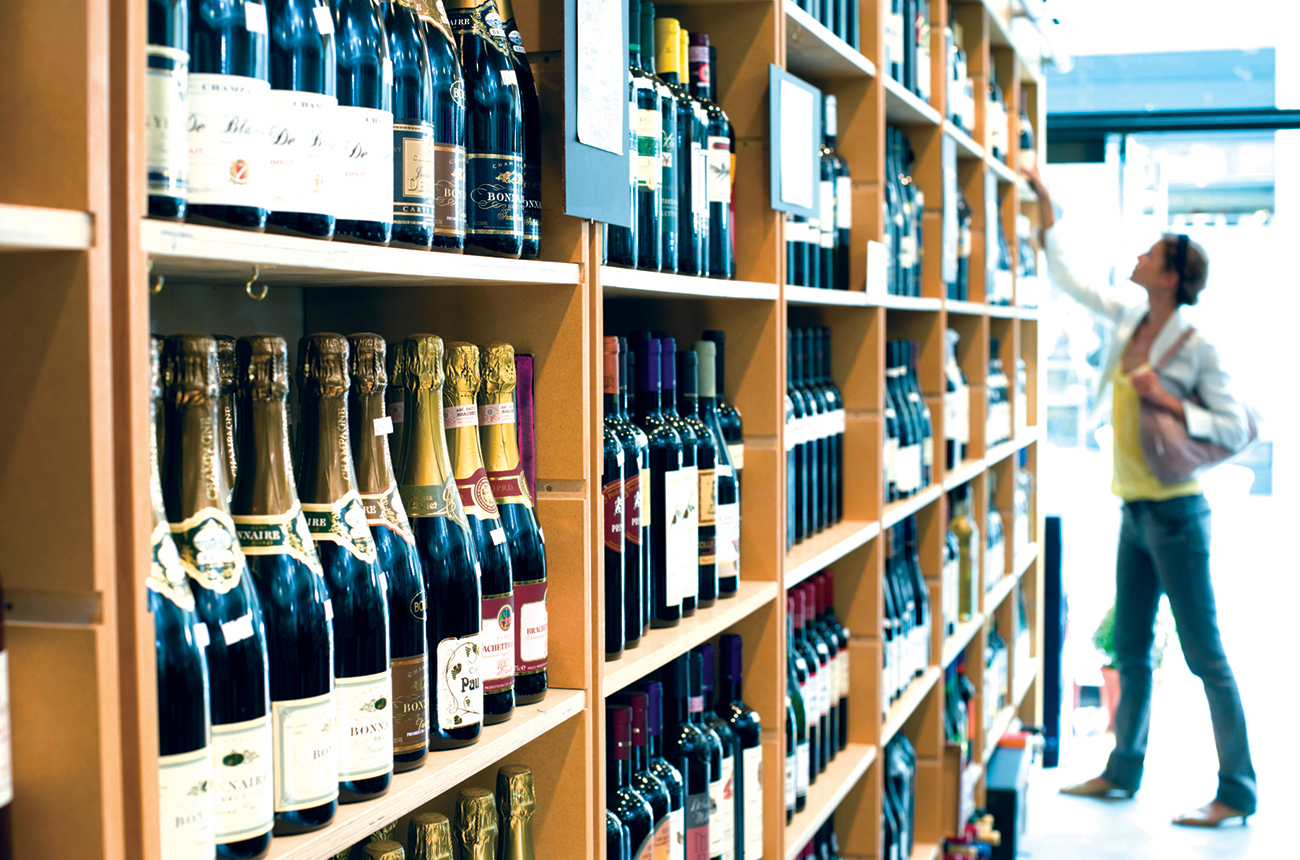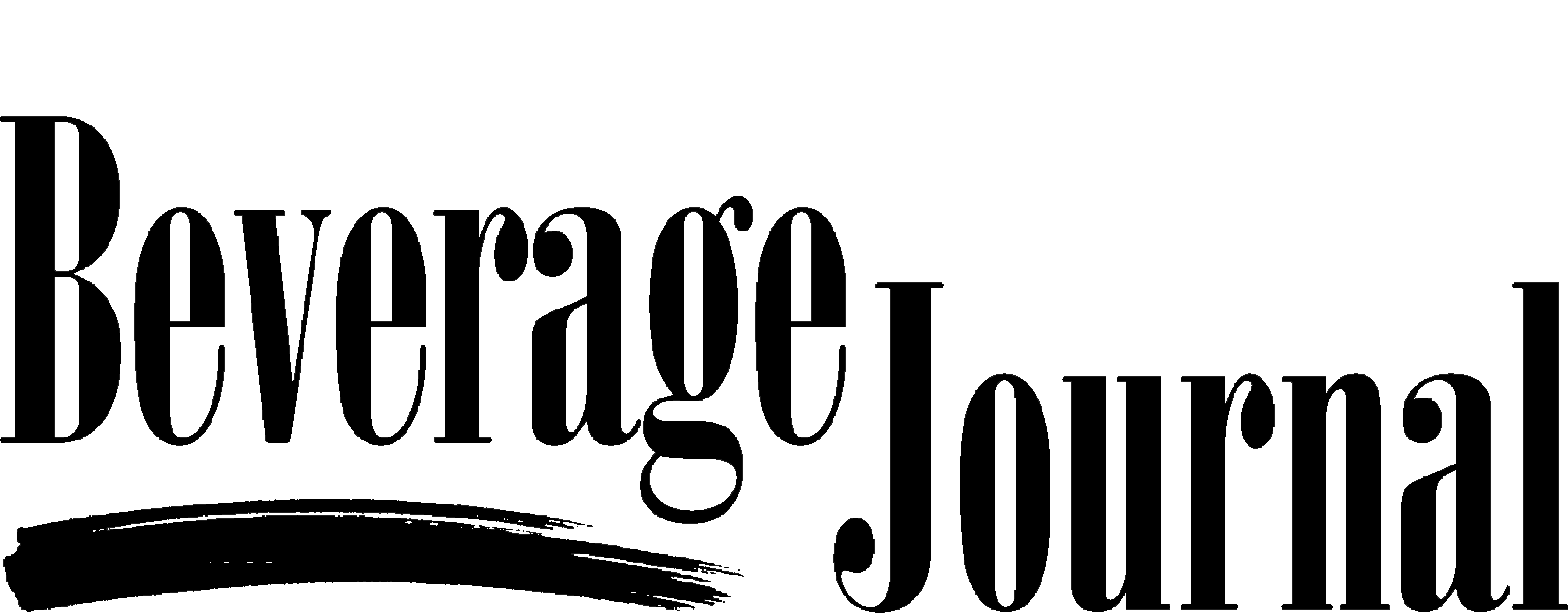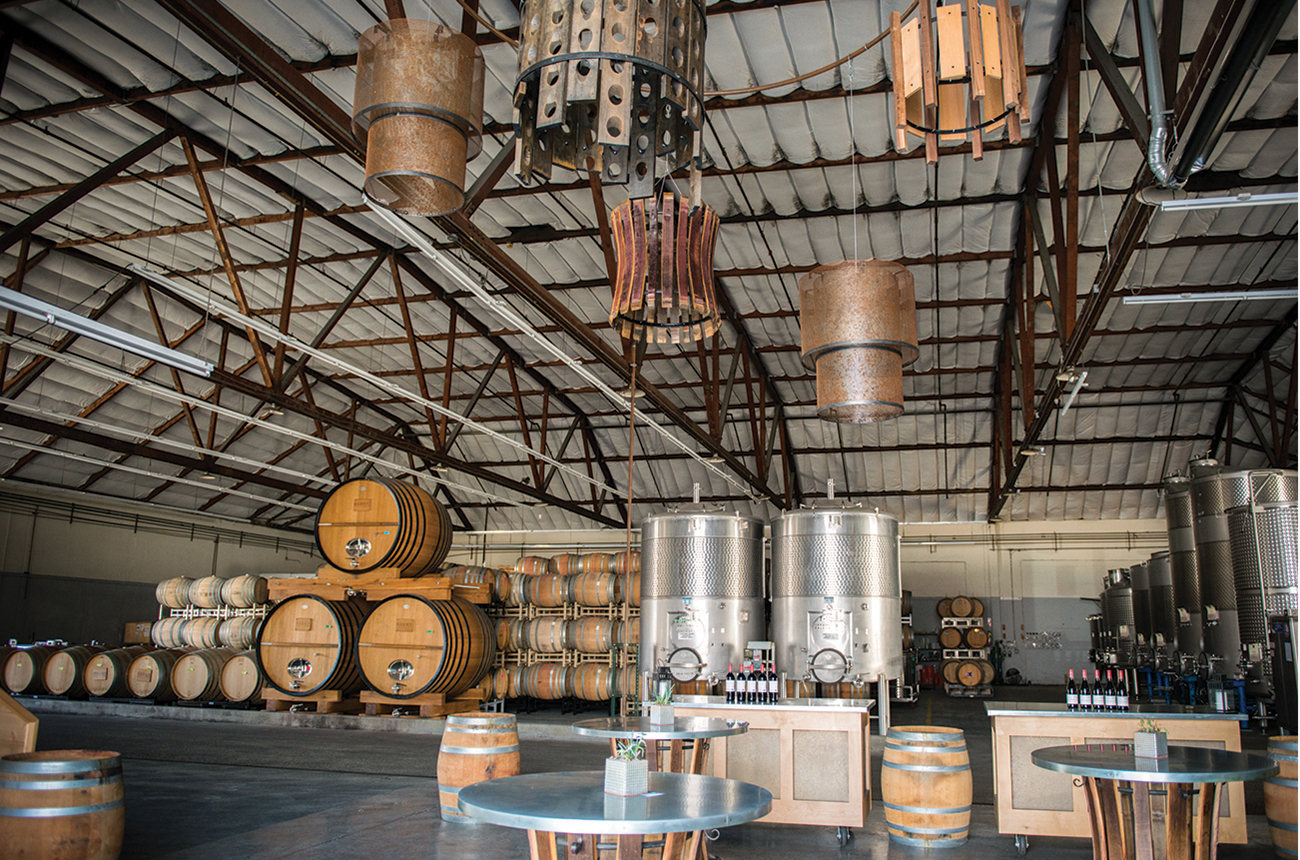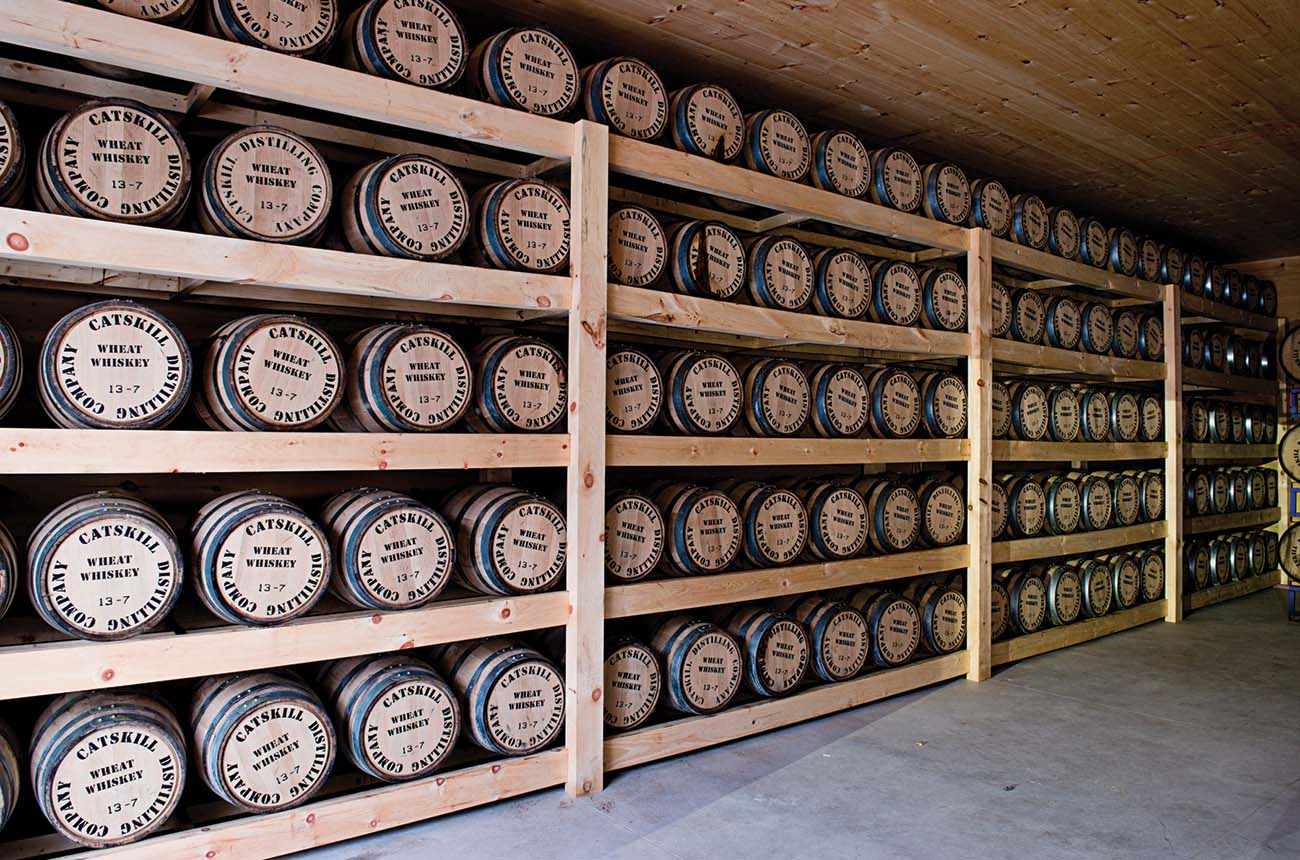
Fortunately, the plight of female oenophiles has improved since the second century A.D., when Roman women faced severe punishment for consuming alcohol. Yet gender associations remain embedded in the world of wine. It’s easy to notice once we start looking for it: Richer, heavier wines are “masculine,” while delicate ones are said to be “feminine.” Formal wine service is ingrained with a gendered code of conduct (all too often, men still get handed the wine list; ladies get their glasses poured first). And the dominant image of a wine collector is still unflinchingly male.
Specific aspects of gender in wine are naturally evolving. Women continue to enter all corners of the industry. And presumptions of wine preference are flexing; to wit, the term “brosé” being used to capture rosé’s current surge of popularity with men—a situation practically unthinkable a decade ago.
The most visible area in which gender rears its head over and again in the wine world is on retail shelves, where there seems to be a disproportionate amount of marketing mojo being steered toward wome-n-oriented branding and promotion.




